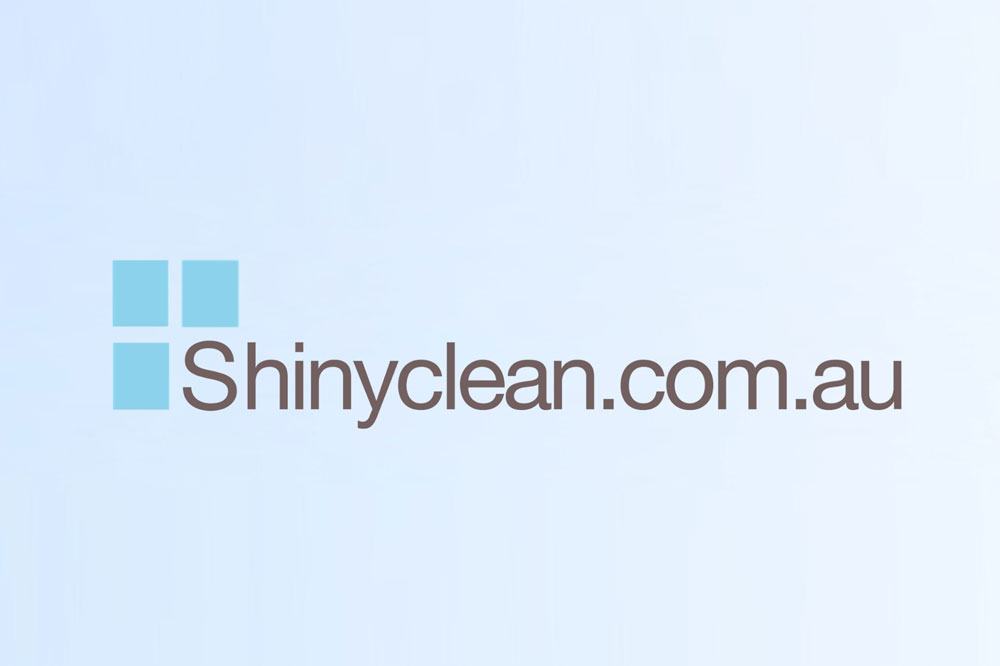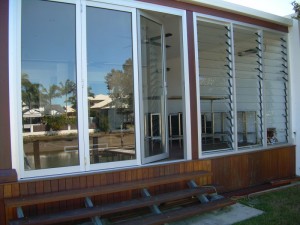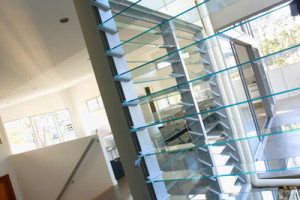Louvre’s are a great economic choice for homes, but many people ask ‘which is the best way to keep louvres looking shiny clean’
Here’s a few tips
Firstly, decide if they’re in need of washing, or will dusting and polishing be enough to make them sparkle
Also, if you are going to tackle this, work safe and watch out for the sharp plastic edges as they can cut your hands very easily
Washing, Dusting or Polishing??
Keep in mind if you decide to wash them, you would need to allow plenty of time to complete the task, as water gets trapped in the plastic slots, meaning they can’t be polished properly, until completely dry
Dusting and Polishing
You will need ‘two clothes’, one to remove the dirt, ‘the dusting cloth’ an old towel cut to tee towel size rags is usually rugged enough to remove heavy dust
The second is a polishing cloth, this cloth ideally would be ‘lint free’ previously soaked in vinegar water to remove any grease or soap residue from it being washed, and hung out till completely dry This is called the ‘Holy rag’ and should never get wet, other than the slightest amount of polish, if required
Cleaning this way, enables you to dust and polish approximately 40 to 50 louvres per hour
Method
Using the dusting cloth, work your way through each individual louvre, removing dirt from the surfaces, if you need to dab a bit of clean water on there to help, do it very minimally. The idea is not to get them wet unless necessary. It makes polishing a harder task if they are all smudged
By removing all of the dust first, you can then gauge if there are any sticky finger marks or other heavy dirt, possibly animals wet noses marks etc
Once all dust is removed, it’s time to polish
Take the polishing rag and lightly spray only the most minimal amount of polish onto it
Do this by holding the rag a couple of feet away from the spray bottle, waving the rag in to the mist to get a fairly even amount of polish on it
Work your way through each louvre, top and bottom, when you have done 10 or so, tilt the louvre’s to check if you have polished them out completely. This is important, if you don’t check this, the sun can make them look terrible in a different light or angle, wasting your effort
Washing Louvres
Using a squeegee, a washer and some soapy water, work your way through from the top louvre to start, cleaning the top and bottom of each individual louvre
Wash the top, squeegee the top, flip the louvre to access the bottom, wash and squeegee the bottom of the pane. Carry on from top to bottom of the set of louvres
Leave the set of louvres open so that the wind blows through, allowing them to dry quicker
Once the set of louvres is completely dry, you will notice the remaining plastic edges have soapy dry water marks either side, top and bottom. I recommend using a cloth similar to the ‘dusting cloth’ to go through and polish out this soap residue, preparing them to be polished
Once you are sure they are completely dry, continue on to polishing, with the ‘polishing cloth’ as mentioned previously
Ensure you work safe, don’t take risks, call a professional if required
Copyright Shiny clean windows 2014






